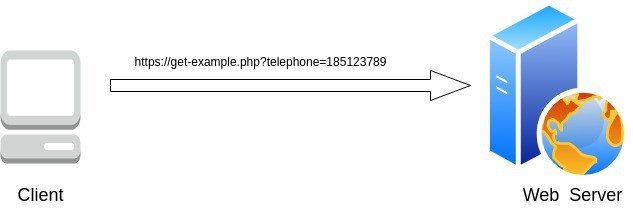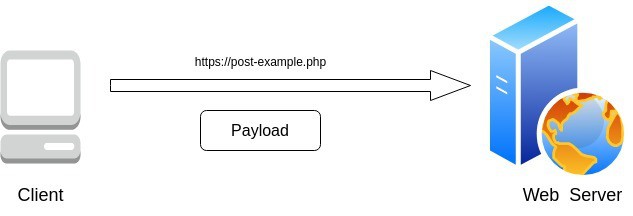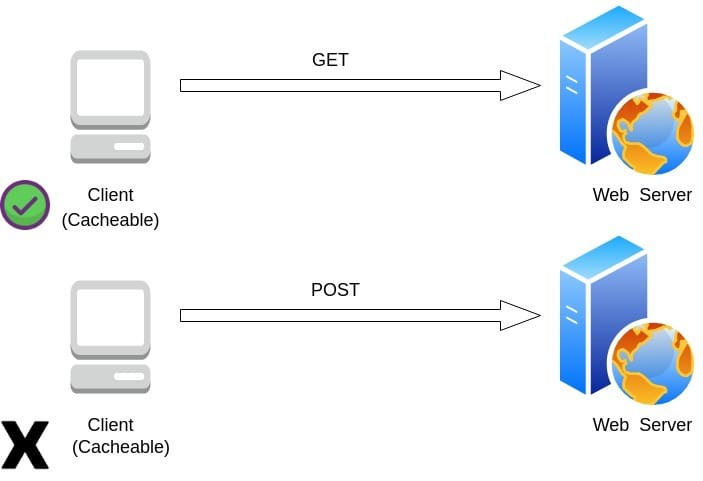1. Overview
When a client communicates with a server over the web, this process is enabled by the Hypertext Transfer Protocol (HTTP). HTTP is a request-response protocol between a client and a server.
The GET and POST methods are the two most common HTTP request methods. They are used to retrieve or send data to a server. They are an integral part of the client-server model that enables the communication between a client and a server through the World Wide Web (WWW).
In this tutorial, we’ll see the difference between these two methods:
2. The GET Method
GET is used to request data from a specified resource. It can retrieve any visible data to a client, such as HTML documents, images, and videos:

To send a GET request, a client needs to specify the URL of the resource it wants to retrieve. The request is then sent to the server, which processes the request and sends the requested data back to the client.
3. The POST Method
The POST sends data to a server to create or update a resource. For example, it is often used to submit an HTML form to a server:

To send a POST request, a client needs to specify the URL of the resource to which it wants to send data and the data itself. The request is then sent to the server, which processes the request and sends a response back to the client.
The POST method is often used to submit forms or upload files to a server.
4. Differences Between GET and POST
4.1. Visibility
When using GET, data parameters are included in the URL and visible to everyone. However, when using POST, data is not displayed in the URL but in the HTTP message body.
4.2. Security
GET is less secure because the URL contains part of the data sent. On the other hand, POST is safer because the parameters are not stored in web server logs or the browser history.
4.3. Cache
GET requests can be cached and remain in the browser history, while POST requests cannot. This means GET requests can be bookmarked, shared, and revisited, while POST requests cannot:

4.4. Server State
GET requests are intended to retrieve data from a server and do not modify the server’s state. On the other hand, POST requests are used to send data to the server for processing and may modify the server’s state.
4.5. Amount of Data Transmitted
The GET method is limited to a maximum number of characters, while the POST method has no such limitation. This is because the GET method sends data through the resource URL, which is limited in length, while the POST method sends data through the HTTP message body, which has no such limitation.
4.5. Data Type
The GET method supports only string data types, while the POST method supports different data types such as string, numeric, binary, and so on.
5. Summary
In this article, we looked at the difference between the GET and POST methods. Both methods are essential for client-server communication through the WWW but have different purposes and limitations. It is important to choose the appropriate method based on the specific needs of the client and the server.